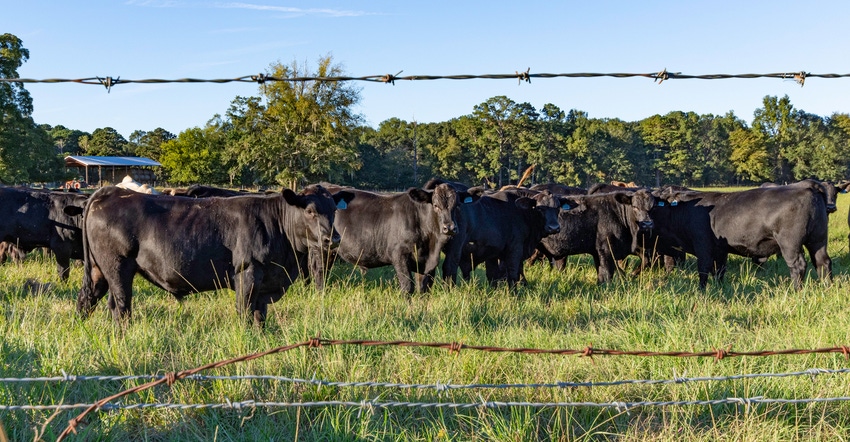August 4, 2022

The Food and Drug Administration Center for Veterinary Medicine’s plan for supporting veterinary antimicrobial stewardship will be fully implemented in 2023 when all remaining over-the-counter antibiotics are switched to prescription-only status.
The medically important antibiotics (used by humans and animals) becoming prescription-only include injectable tylosin, injectable and intramammary penicillin, injectable and oral tetracycline, sulfadimethoxine and sulfamethazine, and cephapirin and cephapirin benzathine intramammary tubes. In addition, the OTC status of the swine antibiotics lincomycin and gentamicin is switching to prescription-only.
Vaccines, dewormers, injectable and oral nutritional supplements, ionophores, pro/prebiotics and topical non-antibiotic treatments will not require veterinary prescription.
The Center for Veterinary Medicine evaluates the safety of drugs used in food-producing animals, the impact drug resides have on human intestinal microflora, and the development of human antimicrobial resistance. Drug residues in meat, milk, eggs and honey from treated animals expose bacteria to trace amounts that don’t kill them, but rather allow for the development of antibiotic resistance. Veterinarians are tasked to slow the rate of bacterial resistance by using antibiotics only when necessary to treat, control or prevent disease. Doing so preserves antibiotic efficacy for humans and animals.
Under the new rule, producers with a current veterinarian-client-patient relationship (VCPR) may purchase antibiotics directly from their veterinarian or from a distributor with the vet’s prescription. Local distributors (for example, farm supply stores) are evaluating their ability to manage prescription pharmaceuticals in the future. Wisconsin Administrative Code updates will make it easier for veterinarians (within the context of the VCPR) to use telehealth technologies and dispense medication prescribed by another veterinarian.
The VCPR is the key that unlocks the medicine cabinet. Wisconsin Statutes’ Chapter 89 defines the VCPR as the relationship between a licensed veterinarian, a client (who owns the animal) and the patient (the animal) in which all the following apply to the veterinarian:
assumes responsibility for making medical judgments regarding patient, and client agrees to accept judgments and follow vet’s instructions
has sufficient knowledge of patient to initiate general or preliminary diagnosis because of recent exam or medically appropriate and timely visits to animal’s premises
is readily available for follow-up treatment patient may need, including adverse reactions to medications used or prescribed by veterinarian
Livestock veterinarians are in short supply in some areas of Wisconsin, so it is with urgency that I encourage all producers to develop their veterinary relationship. Engage a veterinarian today to visit your farm to advise treatment protocols and drug orders so you are prepared to treat your animals in a timely and effective manner.
Stuttgen is a veterinarian and a University of Wisconsin Extension senior outreach specialist in Taylor County. This column is provided by the University of Wisconsin Division of Extension Livestock Team.
You May Also Like




